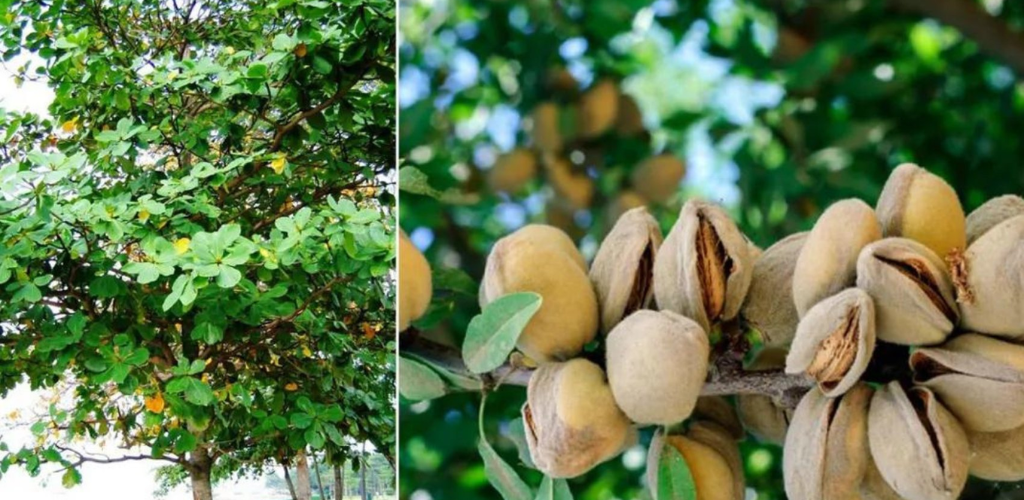How to Grow an Almond Tree from Seed at Home
Growing an almond tree from seed at home can be a rewarding process that will provide you with a beautiful, fruitful tree after several years. Here is a general guide on how to do it:
Step 1: Obtain Almond Seeds
Selecting Seeds: Choose high-quality, raw, fresh, and untreated almonds. You could use almonds directly from another tree or purchase raw, untreated, and unprocessed almonds.
Stratification: Almond seeds should be stratified (subjected to a cold treatment) to encourage germination. To do this, soak the almonds in water for 48 hours, then wrap them in a damp paper towel, place them in a plastic bag, and refrigerate them for a few weeks.
Step 2: Planting the Seed
When to Plant: Spring is the best time to plant almond seeds.
Soil Preparation: Almond trees prefer well-drained soil with a pH level of around 6-7.5. Enrich your planting area with compost.
Planting Depth: Plant the seeds 2-3 inches into the soil and water thoroughly.
Location: Choose a sunny location, as almond trees require full sun to thrive.
Step 3: Caring for Your Almond Tree
Watering: While the tree is young, make sure it receives regular water, especially during dry spells. Mature trees are fairly drought tolerant but will produce better with consistent watering.
Pruning: In the first few years, focus on developing a strong, healthy structure for the tree. In subsequent years, prune to encourage sunlight and air circulation, which can minimize the risk of disease.
Fertilizing: Use a balanced fertilizer to feed the tree, especially during the growing season.
Step 4: Protecting the Tree
Pests and Diseases: Be vigilant for common pests like aphids and diseases like fungal infections. Apply preventative and curative measures as needed.
Winter Protection: Young almond trees may require protection during harsh winters. Using mulch and protective covers can help protect them from cold winds and extreme cold.
Step 5: Harvesting the Almonds
Waiting Period: Almond trees will typically begin producing nuts in the 3rd or 4th year, and will reach full production after 5-6 years.
Harvest Time: Almonds are generally ready to harvest in late summer to early fall. The husks will split and the shell will become visible.
Drying: Once harvested, allow the almonds to dry in a cool, dry place for a week before storing.
Step 6: Enjoy the Rewards
Roast and Eat: Roast your almonds for a tasty snack or use them in your cooking.
Admire the Blossoms: Almond trees offer beautiful blossoms in the spring, making them a lovely addition to your garden.
Conclusion
Growing an almond tree takes patience, but the results—in the form of delicious nuts and beautiful blossoms—are well worth the wait. Be sure to provide for the tree’s needs throughout its life, and you’ll enjoy bountiful rewards for years to come.
Note: Always consider your local climate and consult a local nursery or extension service to ensure almonds are a suitable crop for your area.
